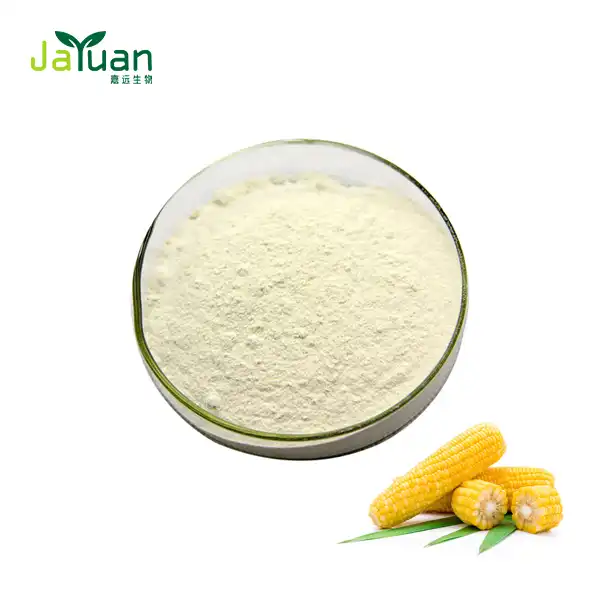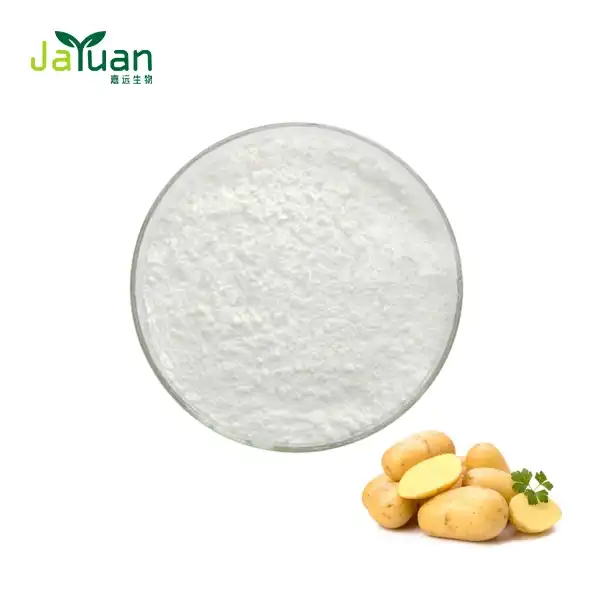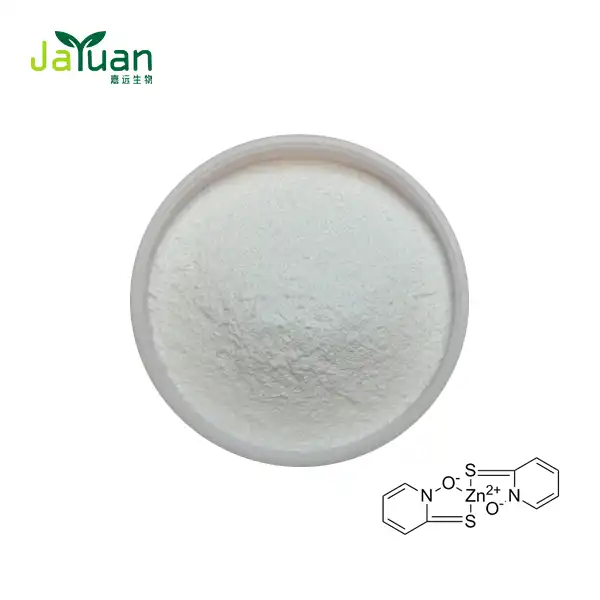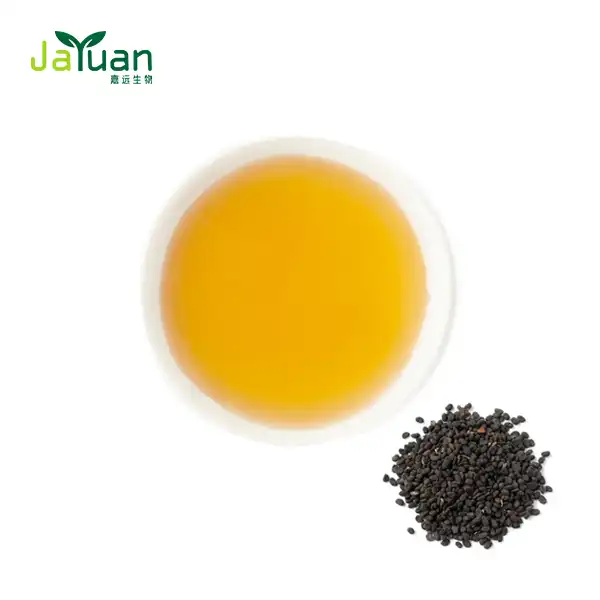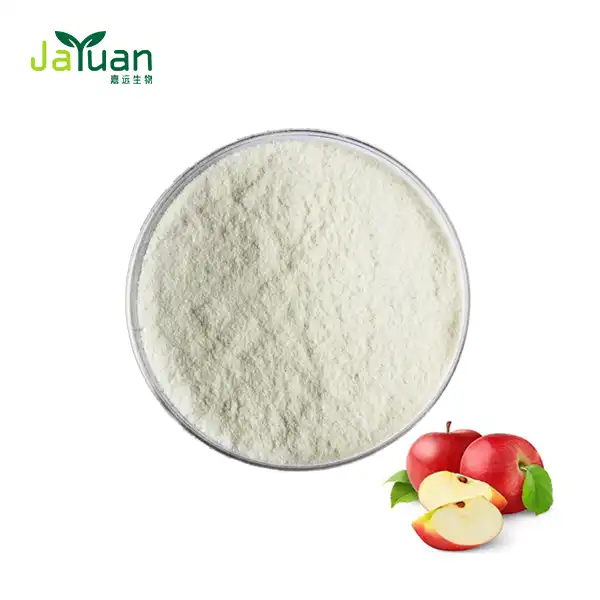Does Green Tea Have Chlorogenic Acid?
Introduction
One of the most widely consumed beverages on the planet, green tea is praised for its numerous health benefits. From helping with weight reduction to further developing cerebrum capability, the upsides of green tea are irrefutable. However, many people wonder if green tea contains chlorogenic acid due to its chemical composition. The antioxidant properties of chlorogenic acid powder and its role in controlling blood sugar levels are well-known. In this blog, we will dig into whether green tea contains chlorogenic corrosive, and investigate related themes that frequently interest green tea fans.
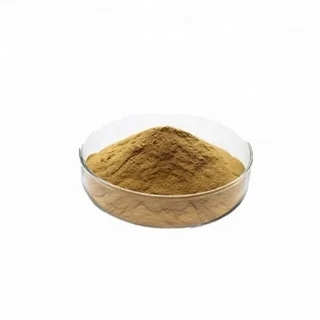
Does Green Tea Have More Chlorogenic Acid Than Coffee?
Espresso and green tea both contain a great deal of cell reinforcements, which essentially add to their medical advantages. Both beverages contain chlorogenic acid, but in very different amounts. Coffee is known to be one of the most abundant sources of chlorogenic acid extract. According to studies, coffee contains significantly more chlorogenic acid than green tea.
Green tea contains different polyphenols, for example, catechins, which are powerful cell reinforcements. The primary contributors to the health benefits of green tea are catechins, particularly epigallocatechin gallate (EGCG). Be that as it may, chlorogenic corrosive is available in more modest sums in green tea contrasted with espresso.
The grouping of chlorogenic corrosive in green tea can fluctuate contingent upon a few elements, including the kind of green tea, developing circumstances, and handling techniques. A few assortments of green tea, for example, matcha, may contain somewhat more significant levels of chlorogenic corrosive contrasted with others.
Chlorogenic corrosive, then again, is extraordinarily plentiful in espresso, especially green espresso beans. Coffee is still a greater source of chlorogenic acid than green tea, despite the fact that the roasting process reduces the amount of chlorogenic acid in coffee beans. As a result, although green tea does contain chlorogenic corrosive, it is not nearly as abundant as in espresso.

How Does Chlorogenic Acid Benefit Health?
Chlorogenic acid, a potent antioxidant, has been shown to have positive effects on health in numerous studies and evidence. One of its primary advantages is its capacity to control blood sugar levels. It frustrates the absorption of glucose in the stomach related organs, which helps with managing with blooding sugar spikes after feasts. The individuals who have diabetes or are in danger of creating it will benefit extraordinarily from this property.
Also, it has been shown that chlorogenic acid powder helps people lose weight. It speeds up the body's digestion and velocities up the rate at which fat is scorched. Chlorogenic corrosive enhancements, which are normally gotten from green espresso bean separate, are well known in health improvement plans hence.
As well as directing glucose and helping with weight reduction, chlorogenic corrosive has mitigating properties. It reduces body inflammation, which can lower the risk of chronic diseases like arthritis and heart disease. Additionally, it is thought that chlorogenic acid protects the brain, decreasing the likelihood of developing neurodegenerative diseases like Alzheimer's.
Chlorogenic corrosive additionally upholds cardiovascular wellbeing. It aids in the reduction of blood pressure and the reduction of cholesterol, both of which are essential for the upkeep of a healthy heart. Studies have shown that standard utilization of chlorogenic corrosive can prompt huge upgrades in cardiovascular markers.

Can You Get Enough Chlorogenic Acid from Green Tea?
Various polyphenols, such as catechins like epigallocatechin gallate (EGCG), are present in green tea, which is made from the leaves of the Camellia sinensis plant. These catechins have been well-documented for their ability to improve health. While green tea isn't normally viewed as an essential wellspring of chlorogenic corrosive contrasted with espresso beans, which are especially wealthy in this compound, studies have shown shifting degrees of chlorogenic corrosive in various sorts of green tea. As per research, the chlorogenic corrosive substance in green tea can go from around 2 to 12 milligrams for every gram of tea leaves, contingent upon elements like tea assortment, handling strategies, and fermenting conditions.
The ease with which the body can absorb and utilize chlorogenic acid is referred to as its bioavailability, and this also has an impact on the amount of chlorogenic acid present in green tea. The liver and digestion tracts might separate chlorogenic corrosive and other green tea polyphenols, making them less bioavailable. The amount of chlorogenic acid absorbed from green tea can be affected by diet, metabolism, and gut microbiota composition.
While green tea may not be the most irrational wellspring of chlorogenic acid extract terrible stood separated from other dietary sources like coffee, its overall clinical benefits should not be restricted. Green tea has been shown to lower the risk of obesity, heart disease, and other chronic diseases. Numerous polyphenols, like chlorogenic acid, may work together to produce the observed health benefits.
All in all, while green tea contains chlorogenic corrosive, its focus is somewhat humble contrasted with different sources like espresso. Green tea's ability to provide sufficient amounts of chlorogenic acid for significant health benefits is still the subject of ongoing research. Nonetheless, integrating green tea into a reasonable eating regimen wealthy in different wellsprings of cell reinforcements and polyphenols can add to generally wellbeing and prosperity. Diversifying your diet or taking supplements might be a good idea for people who want to get the most chlorogenic acid out of their food.
Conclusion
All in all, while green tea contains chlorogenic corrosive, it isn't quite as bountiful as in espresso. In addition to green tea, other sources of chlorogenic acid powder should be taken into consideration by those looking to boost their intake. In any case, green tea stays a profoundly gainful drink, wealthy in cell reinforcements that advance generally wellbeing.
References
1. Clifford, M. N. (2000). Chlorogenic acids and other cinnamates – nature, occurrence and dietary burden. Journal of the Science of Food and Agriculture, 80(7), 1033-1043.
2. Suzuki, A., Kagawa, D., Ochiai, R., Tokimitsu, I., & Saito, I. (2002). Green coffee bean extract and its metabolites have a hypotensive effect in spontaneously hypertensive rats. Hypertension Research, 25(6), 731-737.
3. John, L. M., & Susan, E. (2012). Antioxidant activity and bioavailability of chlorogenic acids from coffee and green tea: A comparative study. Journal of Agricultural and Food Chemistry, 60(25), 6157-6164.
4. van Dam, R. M., & Hu, F. B. (2005). Coffee consumption and risk of type 2 diabetes: a systematic review. JAMA, 294(1), 97-104.
5. Bogdanski, P., Suliburska, J., Szulinska, M., Stepien, M., Pupek-Musialik, D., & Jablecka, A. (2012). Green coffee bean extract in overweight subjects: a crossover study. Nutrition, 28(5), 559-565.
6. Liu, Y. J., Zhan, J., Liu, X. L., Wang, Y., Li, W. Z., & Zhao, Y. (2013). Dietary flavonoids intake and risk of type 2 diabetes: a meta-analysis of prospective cohort studies. Clinical Nutrition, 32(6), 936-943.

